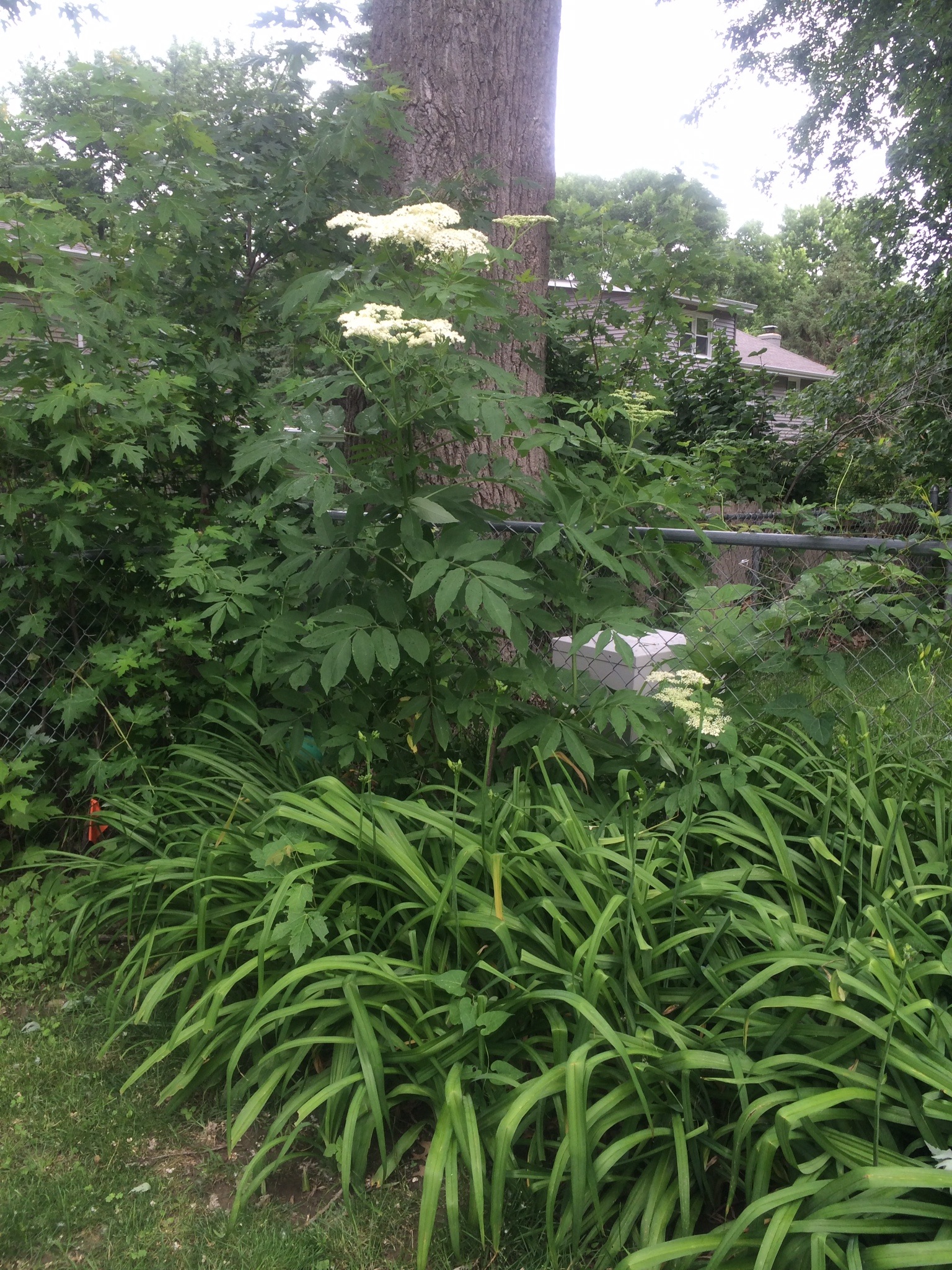Name that plant
Details:
-
Date Photo Taken
06 / 28 / 2014
-
Season Photo Was Taken
Summer
-
Region Photo Was Taken
Midwest
-
City
Omaha
-
State
Nebraska
-
Posted by
dnorth
Notes:
Some friends on Facebook thought this looked like a variety of poisoness Hemlock plant, but the leaves don’t look like that I saw on internet…. Is this a poisoness or noxious plant? If I should get rid of it, how do I safely do that?



Comments
Gracie Porter Unregistered says:
Elderberry, makes good wine.
July 5th, 2014 at 2:05am
stone Master Identifier says:
Elderberry. Keep this valuable bird friendly shrub… Your friends are partly right, don’t eat the leaves or stems or roots… The berries are the only edible part of the plant.
June 30th, 2014 at 1:34pm
Bobby Master Identifier says:
Not poison sumac. http://cal.vet.upenn.edu/projects/poison/plants/slides/1035lg.jpg Compare to Elderberry. http://perennialstore.blogspot.com/2010/11/american-elderberry-sambucus-canadensis.html
June 30th, 2014 at 12:06pm
Quebec Girl Green Thumb says:
Though I can’t be 100%, this looks a lot like an Elder Tree variant, mainly because of the leaf structure. I have ruled out white yarrow. It isn’t cow parsnip because the leaf structure isn’t the same. Hemlock has a ferny type foliage and you can find reddish/purplish blotches on its stems/bark. Queen anne’s lace seems to grow upwards from ground like stalks or stems. It doesn’t look like that either. Also, because its in a flower bed, it looks like it was strategically placed to be there making me think that its not the super bad plants we like to think of. I would wait and see if you get the berries like an elder plant, or do more research. White lacy flowers if not properly identified could be very harmful. Hope this helps.
June 30th, 2014 at 11:18am